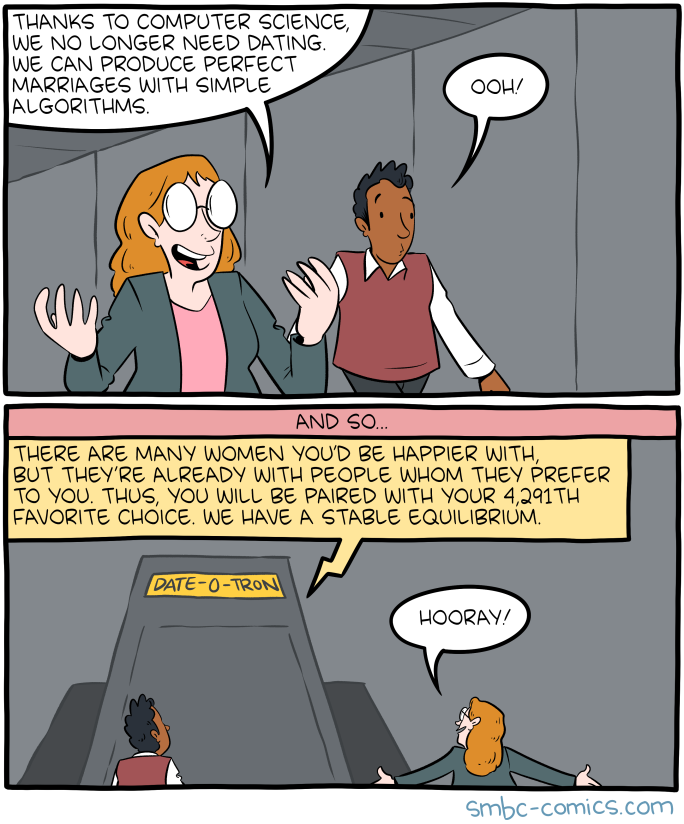Here's a seasonal story, from the Guardian;
Need a college graduation ticket? There's a black market for that
Tickets for New York University’s 2019 commencement ceremony are being advertised for as much as $250
"It’s graduation season in the United States, which means lots of caps, gowns, pomp and circumstance, corny speeches, selfies – and an underground trade in graduation tickets to top off the celebrations.
"Many colleges and universities limit the number of people who can attend a graduation ceremony, providing students with tickets to the event they can distribute to friends and family. These tickets are often transferable, meaning someone can give a ticket to a friend who needs an extra seat. But this also means that students can sell their tickets – though banned by most schools – to get some extra cash.
"This “black market” around graduation has been documented for years, especially with the rise of social media networks. People from schools like Princeton, University of San Francisco and College of Charleston have advertised tickets for hundreds of dollars, the Wall Street Journal reported in 2007. At the University of Virginia, students sold tickets for an average price of $150 for last year’s commencement ceremony in Charlottesville.
"Now at New York University (NYU), tickets for the class of 2019’s commencement ceremony are being advertised for as much as $250."
Need a college graduation ticket? There's a black market for that
Tickets for New York University’s 2019 commencement ceremony are being advertised for as much as $250
"It’s graduation season in the United States, which means lots of caps, gowns, pomp and circumstance, corny speeches, selfies – and an underground trade in graduation tickets to top off the celebrations.
"Many colleges and universities limit the number of people who can attend a graduation ceremony, providing students with tickets to the event they can distribute to friends and family. These tickets are often transferable, meaning someone can give a ticket to a friend who needs an extra seat. But this also means that students can sell their tickets – though banned by most schools – to get some extra cash.
"This “black market” around graduation has been documented for years, especially with the rise of social media networks. People from schools like Princeton, University of San Francisco and College of Charleston have advertised tickets for hundreds of dollars, the Wall Street Journal reported in 2007. At the University of Virginia, students sold tickets for an average price of $150 for last year’s commencement ceremony in Charlottesville.
"Now at New York University (NYU), tickets for the class of 2019’s commencement ceremony are being advertised for as much as $250."






